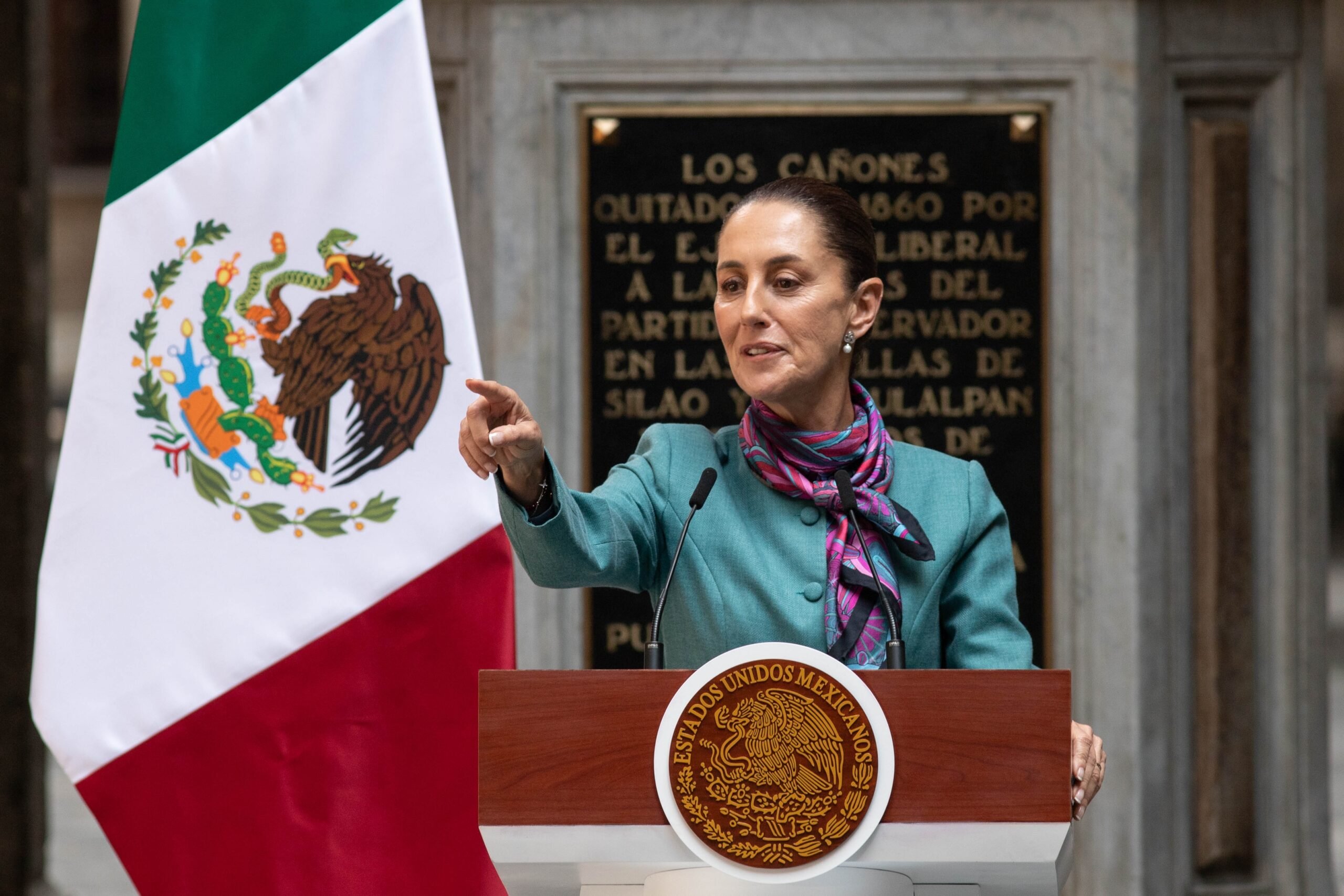Central America’s Lost Boys
Since October, U.S. Border Patrol agents have detained more than 6,000 unaccompanied migrant children from Central America on the U.S.-Mexico border—an 86 percent increase from the normal annual migration flow. These are children traveling without parents or adult relatives.
As I wrote in an earlier post, an official from the U.S. Department of Health and Human Services said that three-fourths of the children are boys between the ages of 14 to 17. The official said 36 percent of the children come from Guatemala, followed by El Salvador at 25 percent, Honduras 20 percent, Mexico 12 percent and Ecuador 3 percent, plus 4 percent from a mixture of other countries.
Last week DHHS announced that they expect to receive at least 14,000 unaccompanied kids from Central America this year, twice the number of children that typically arrive in the United States in any given year. Since 2003, DHHS has been the agency that oversees the care of unaccompanied migrant children through its Division of Children’s Services. The information was presented by Maureen Dunn, program director of the Division of Children’s Services, during a conference last week in Washington sponsored by the U.S. Committee for Immigrants and Refugees.
According to Dunn, the majority of the children are crossing the border through the Rio Grande Valley or into Tucson, Arizona. Texas and U.S. government officials have been scrambling to find housing for all of the children. As of last Friday, at least 200 kids have been sent to Lackland AFB in San Antonio where they’ve been housed in dormitories.
Marrianne McMullen, director of the office for public affairs at the DHHS Administration for Children and Families, says that 83 of the children from Lackland AFB have already been reunified with their families. “The goal is that no child is there for more than 15 days,” she says. Already the agency has located 851 beds across the country where children could be placed. “They’ll still need to go through county and state inspections first,” she says.
The DHHS contracts with dozens of facilities across the country that range from lock-down shelters to juvenile detention facilities. Many of the children have adult relatives living in the U.S. and are seeking reunification with their families, says Michelle Brane director of the detention and asylum program at the Women’s Refugee Commission, which advocates for better standards for children being held in detention.
“Clearly there’s something going on and we are seeing numbers that are drastically higher for families and children crossing on their own,” she says. Brane and others working with the kids say they don’t know yet why there’s been such a huge influx of children and that there could be a number of reasons. “In some interviews they told us there was flooding in Honduras and Guatemala that destroyed homes and fields,” she says. “We also keep hearing about gang violence and violence in general just skyrocketing in Central America.”
Women and children have been the biggest targets of the gang violence, she says. “We’re hearing about a lot of horrific sexual violence against women in El Salvador and this filters down to the kids,” she says. “Boys are also targets of gang violence.”
El Salvador and neighboring Honduras have some of the highest homicide rates in the world along with Guatemala. All three countries have been struggling to bring down the violence, which has been intensified by drug trafficking organizations moving south from Mexico into Central American to take over territory. In 2010, I wrote an in depth piece about unaccompanied minors from Mexico being deported into Mexican border cities. Children were subjected to trafficking, cartel recruitment and many failed to reunite with family members. Standing on the international bridges I would watch Mexican immigration agents pluck Central American kids from the Rio Grande. They looked worn out and scared but Mexican immigration would never permit any interviews with the kids, nor would they agree to any interviews. At the beginning of January, the number of children detained by Mexican authorities has doubled, according to figures from Mexico’s National Immigration Institute. (Thanks to attorney Jessica Jones from the Women’s Refugee Commission for these numbers).
| YEAR | JAN | FEB |
| 2010 | 286 | 306 |
| 2011 | 297 | 239 |
| 2012 | 562 | 463 |
Child migrant advocates are concerned that DHHS, with its already limited funding, will not be able to provide the legal services and housing the children will need. McMullen says the agency is working to get more funding for the children. “We are having that conversation right now,” she says.


